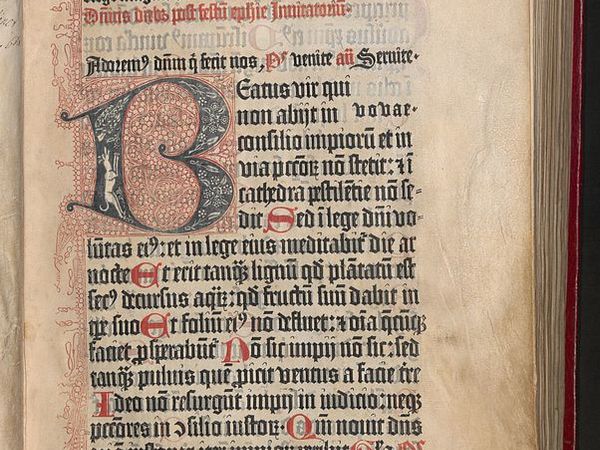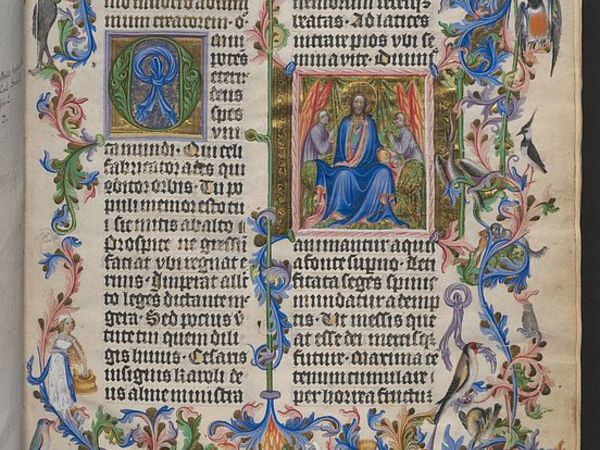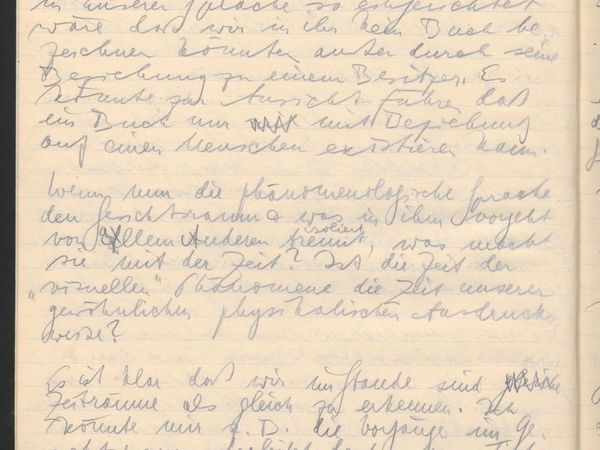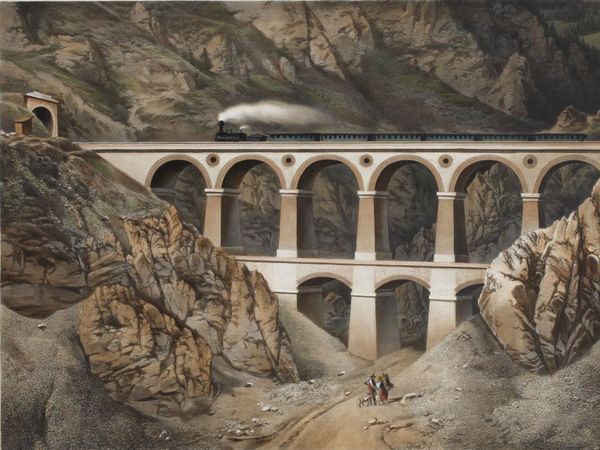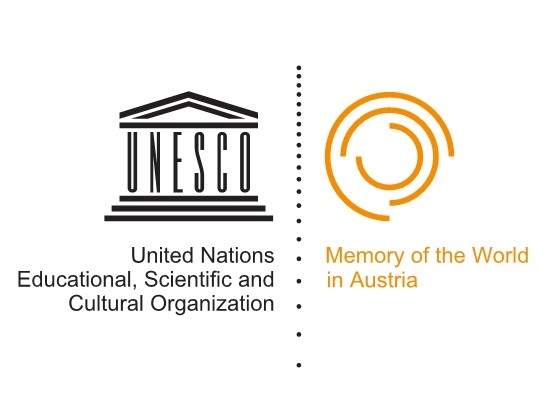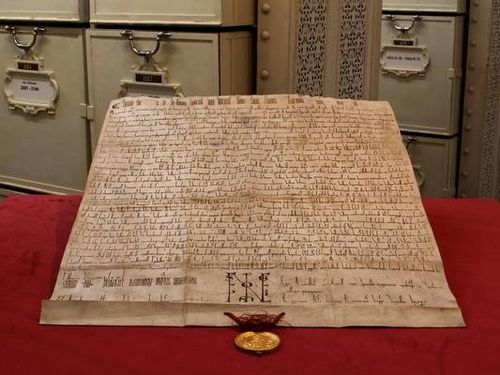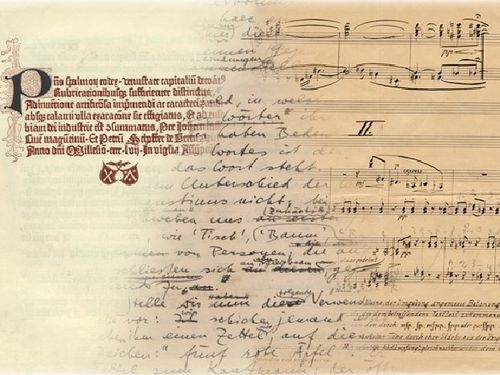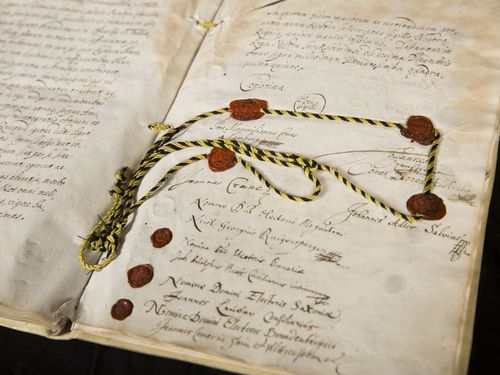The UNESCO Memory of the World Register lists documents and collections that are of outstanding global significance for the cultural memory of humanity. By doing so, UNESCO aims to make governments, policymakers and the general public aware of the importance of preserving documents and ensuring universal access to documentary heritage. To date, 15 documents and collections from Austria have gained the status of documentary heritage.
With its depictions of medicinal plants and their descriptions, the richly illustrated codex is one of the most important sources of pharmacological knowledge from antiquity.
read moreAt the end of the Napoleonic Wars, the Congress of Vienna redefined the map of Europe and established an accord between the political powers. The Final Document of the Congress records this historically significant event.
read moreThe Vienna Phonogrammarchiv is the oldest archive of sound in the world and was established by the Imperial Academy of Sciences in 1899. The collection documents passed-down traditions and cultural forms of expression from around the world.
read moreThe Papyrus Erzherzog Rainer documents the variety in different writing materials and languages that were used in Egypt between 1500 B.C. and 1500 A.D.
read moreThe Vienna City Library is home to the world’s largest collection of handwritten and printed sheet music by the world-famous composer Franz Schubert. It includes almost all first editions of his works.
read moreThe Atlas Blaeu-Van der Hem comprises 50 volumes and is considered the grandest atlas to have ever been produced. It is a visual representation of 17th-century European knowledge and information on world geography and topography.
read moreThe collection documents the life and works of famous composer Johannes Brahms. In particular, it provides a unique perspective on his considerable interest in the history of art, music, literature and politics.
read moreThe Gothic period is one of the most significant eras in European architectural history. The Academy of Fine Arts holds the world’s largest collection of Gothic architectural drawings, which date back to between 1150 and 1550.
read moreThe Bibliotheca Corviniana, which belonged to the Hungarian king Matthias Corvinus, was the second-largest collection of books in the Renaissance era. As a comprehensive collection, it included copies of the most important works of the time, alongside antique texts.
read moreThe Tabula Peutingeriana is the sole preserved map of the “cursus publicus”, the public road system of the late Roman Empire. The medieval copy dates back to the late 12th century.
read moreArnold Schönberg was one of the most significant figures in the creative world at the start of the 20th century. One of the most extensive collections of his musical, theological and theoretical achievements can be found in the Arnold Schönberg Center.
read moreA few years after the Gutenberg Bible was printed, Peter Schöffer perfected the technique of letterpress printing and with the Mainz Psalter created one of the most important incunables of early printing.
read moreThe Golden Bull of Emperor Charles IV was the most important legal text in the Holy Roman Empire and contains the legal framework conditions for electing a Roman-German king and emperor.
read moreLudwig Wittgenstein is one of the most important philosophers of the 20th century. The joint nomination of his legacy gives an account of his philosophical creative process up to the end of his life.
read moreThe Semmering railway was built between 1848 and 1854 under the leadership of Carl Ghega. As Europe’s first railway through the Alps, it was a significant and pioneering accomplishment in railway engineering that piqued interest worldwide.
read more
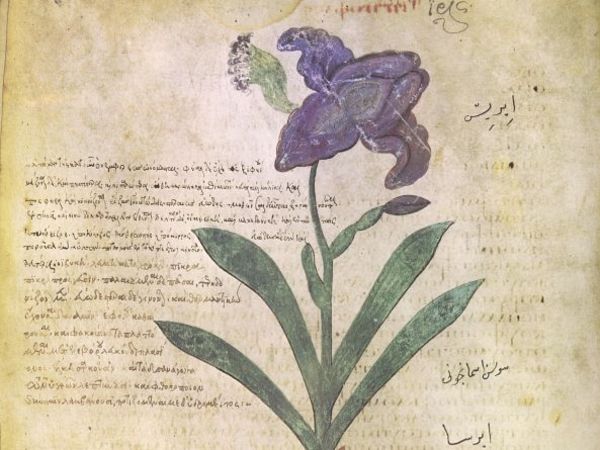
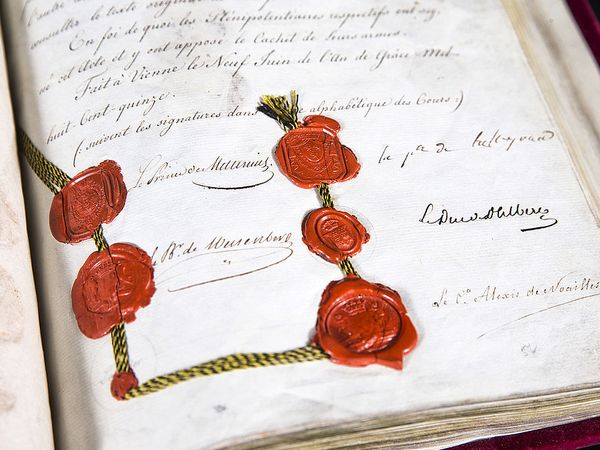
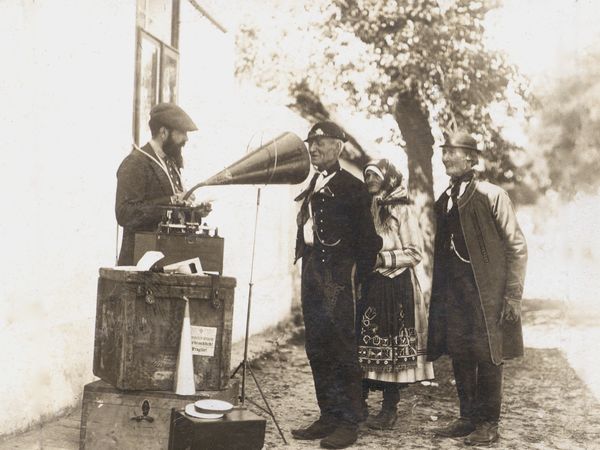
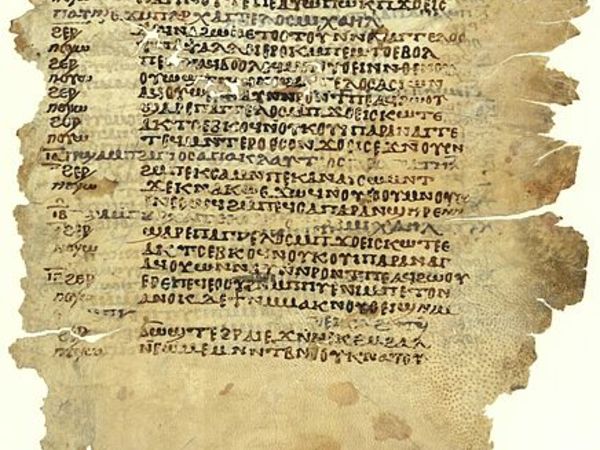
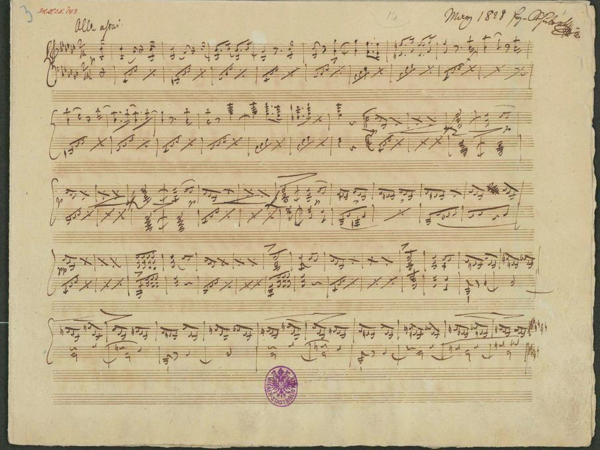
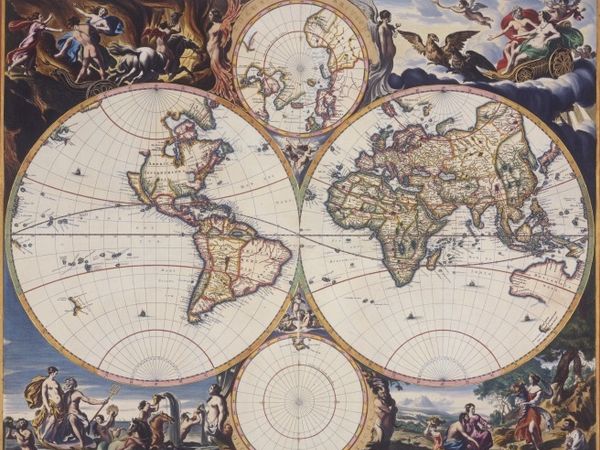
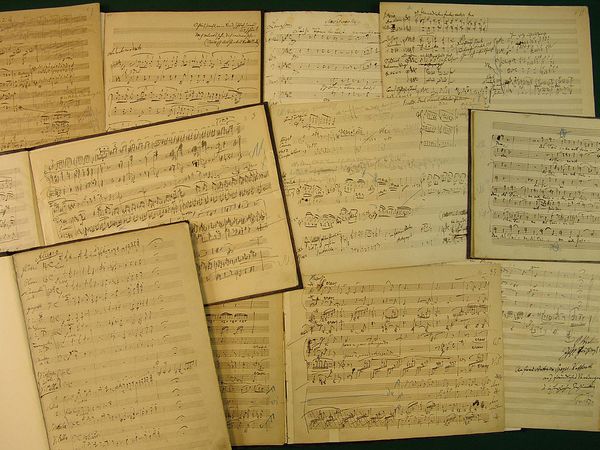
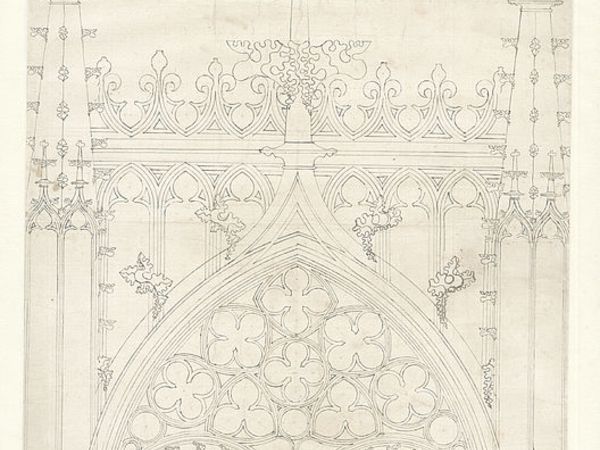
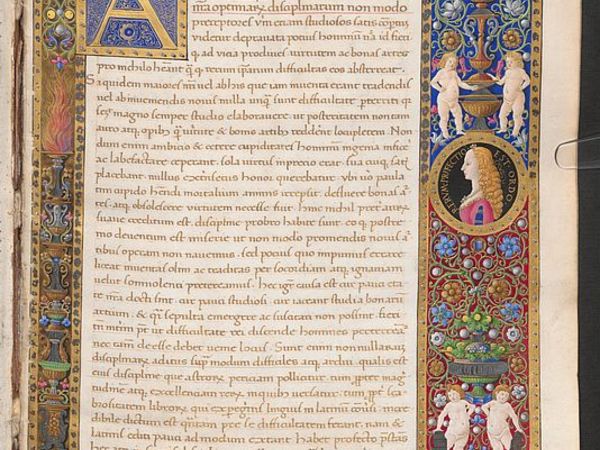
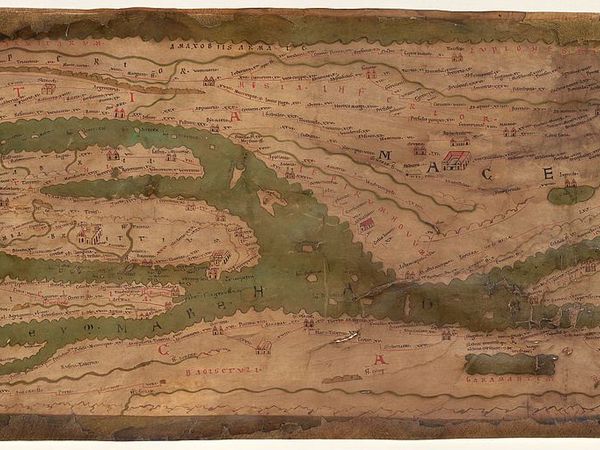
![Arnold Schönberg autograph; 1911: Op. 19: “Sechs kleine Klavierstücke” [Six little piano pieces]](/fileadmin/_processed_/f/4/csm_Schoenberg_ASC_Musik_op19_6_f5f1fb7818.jpg)
